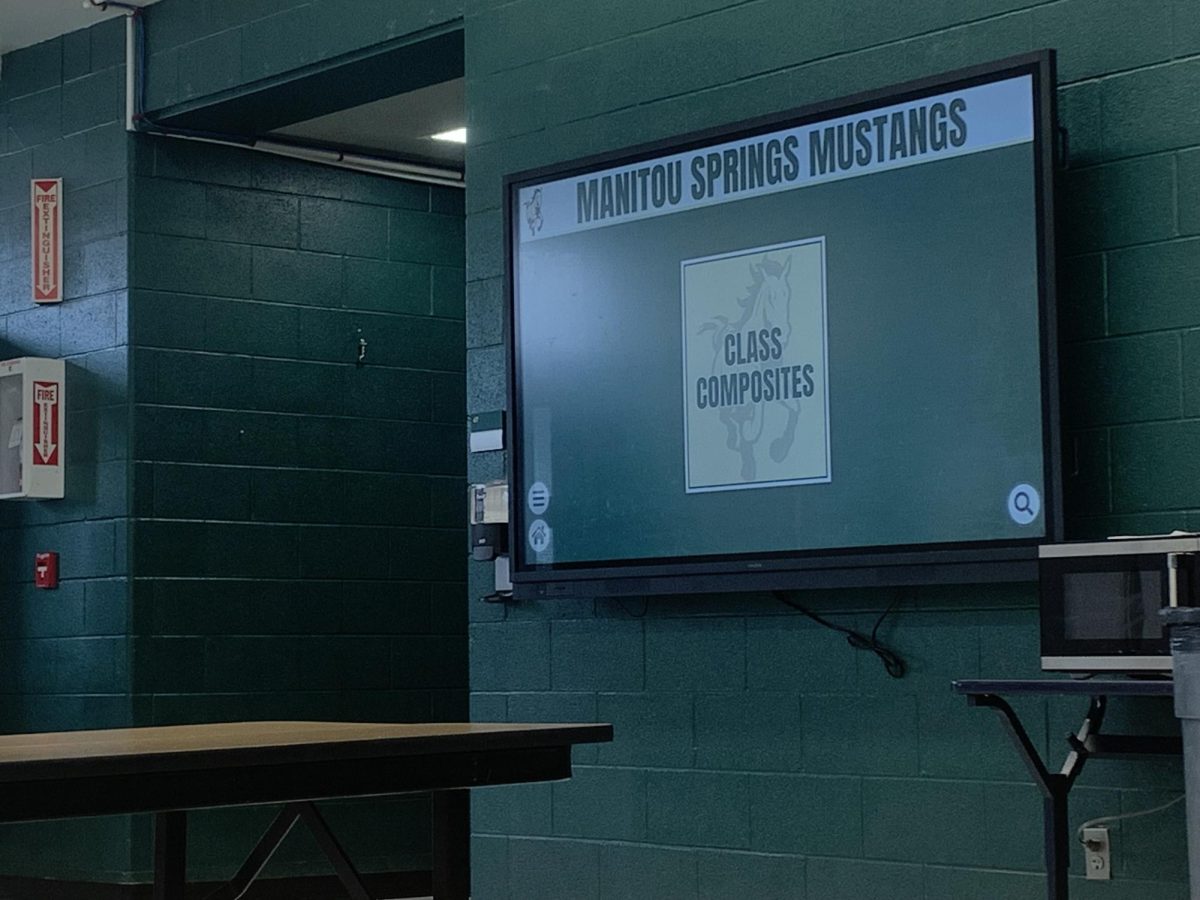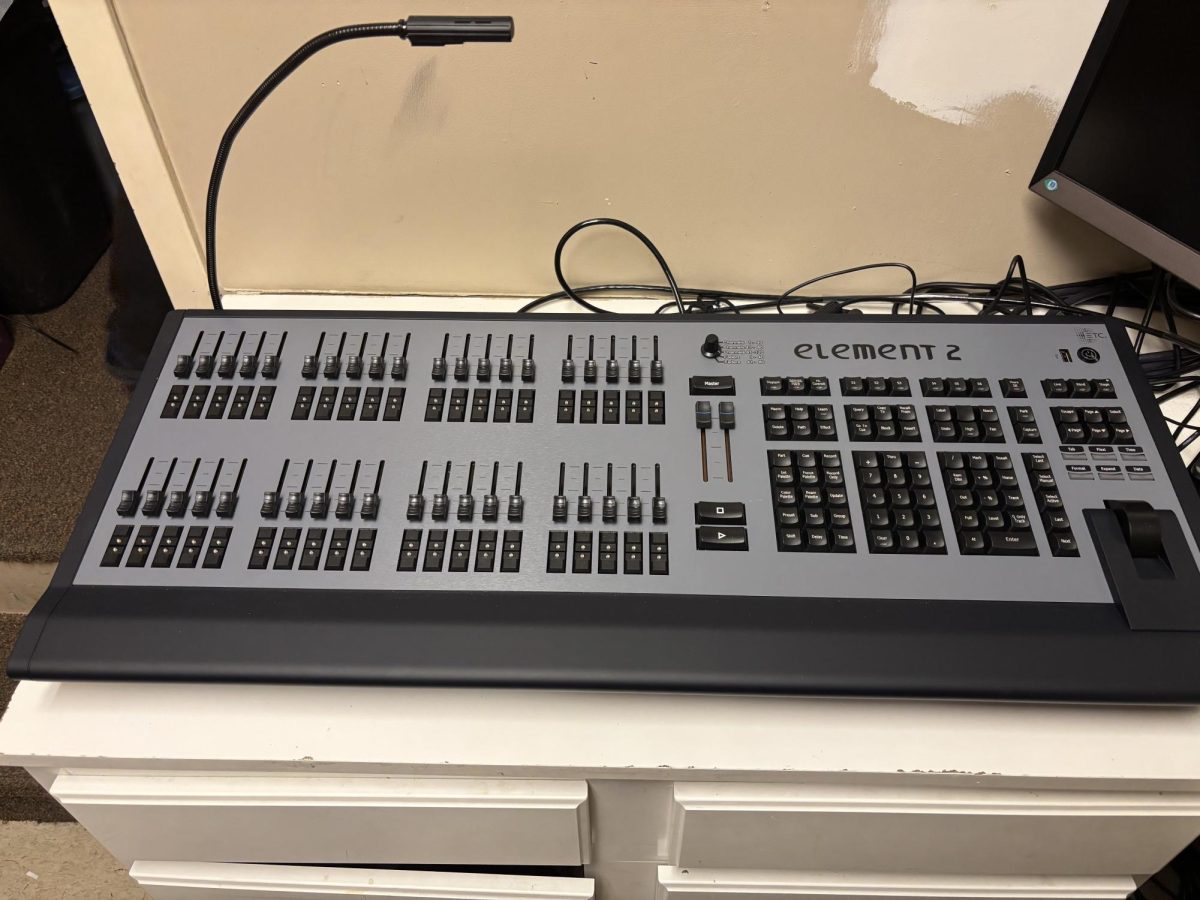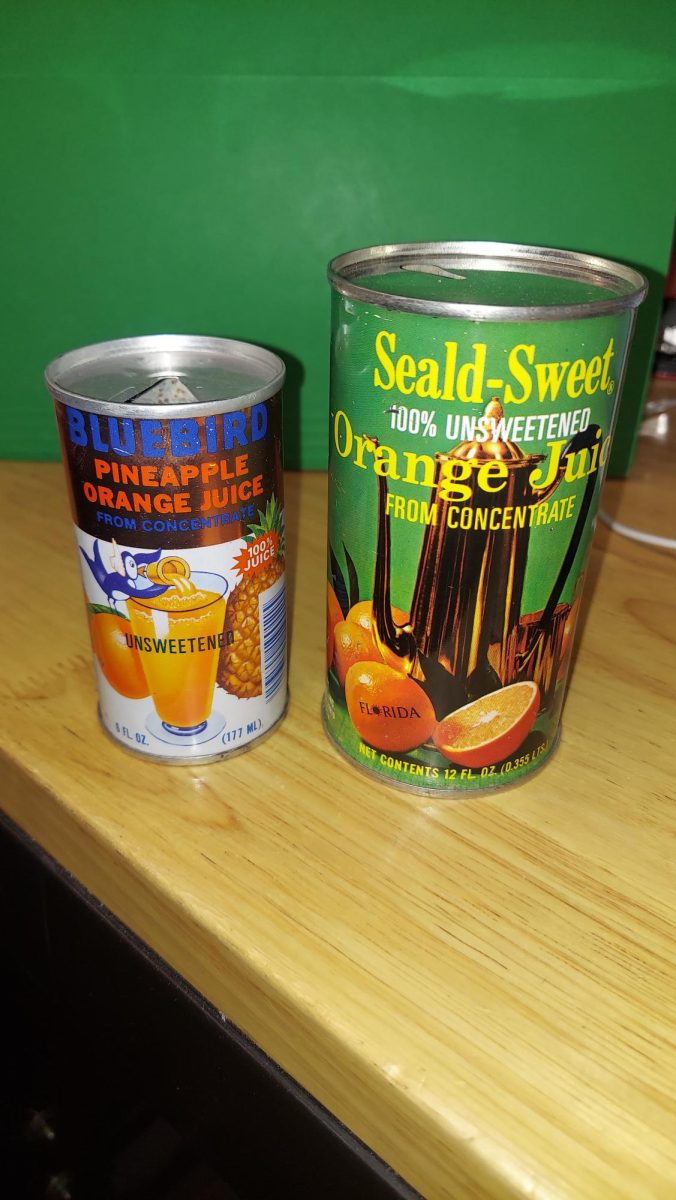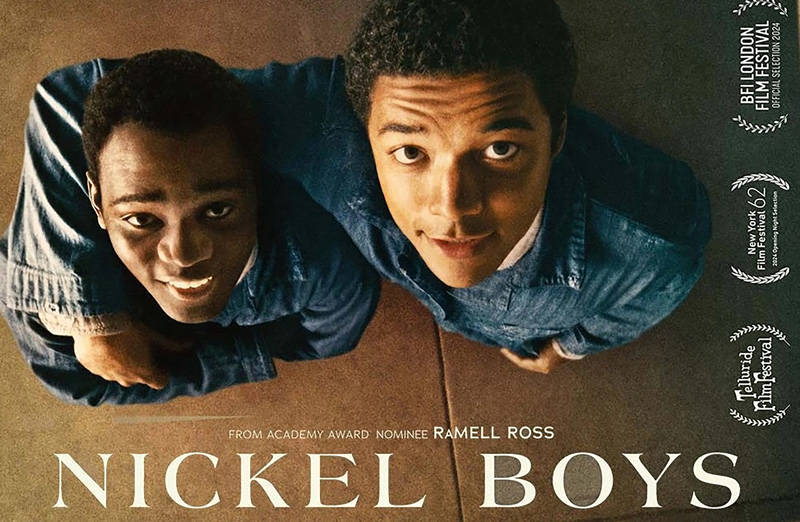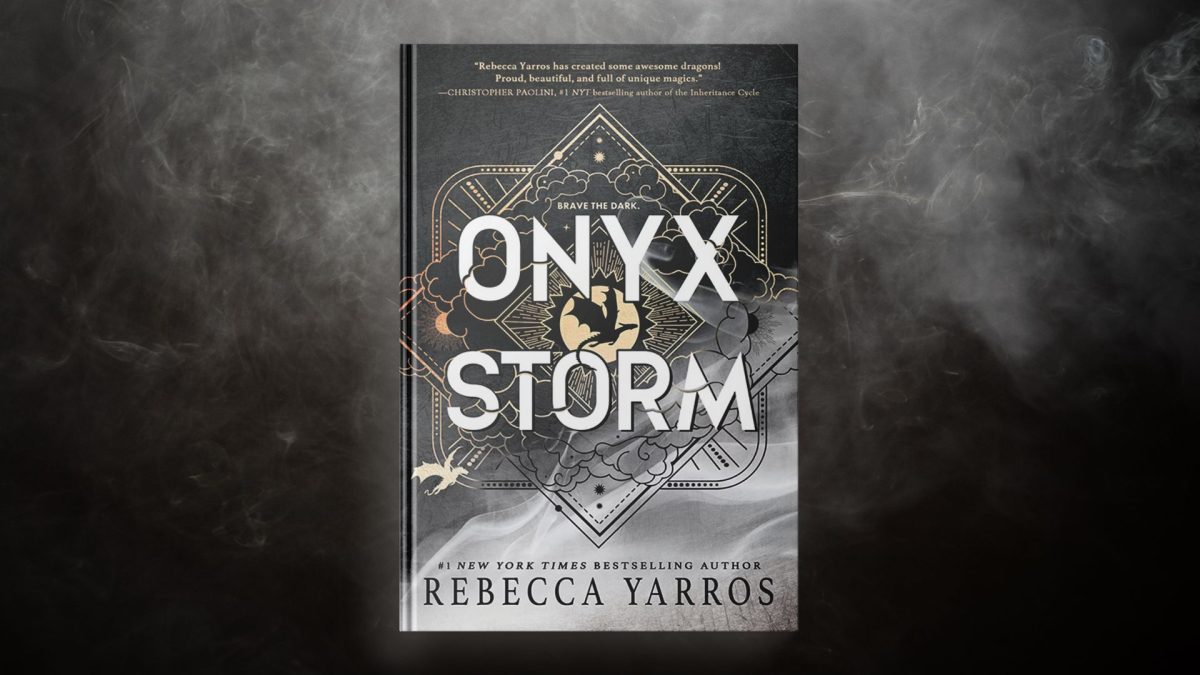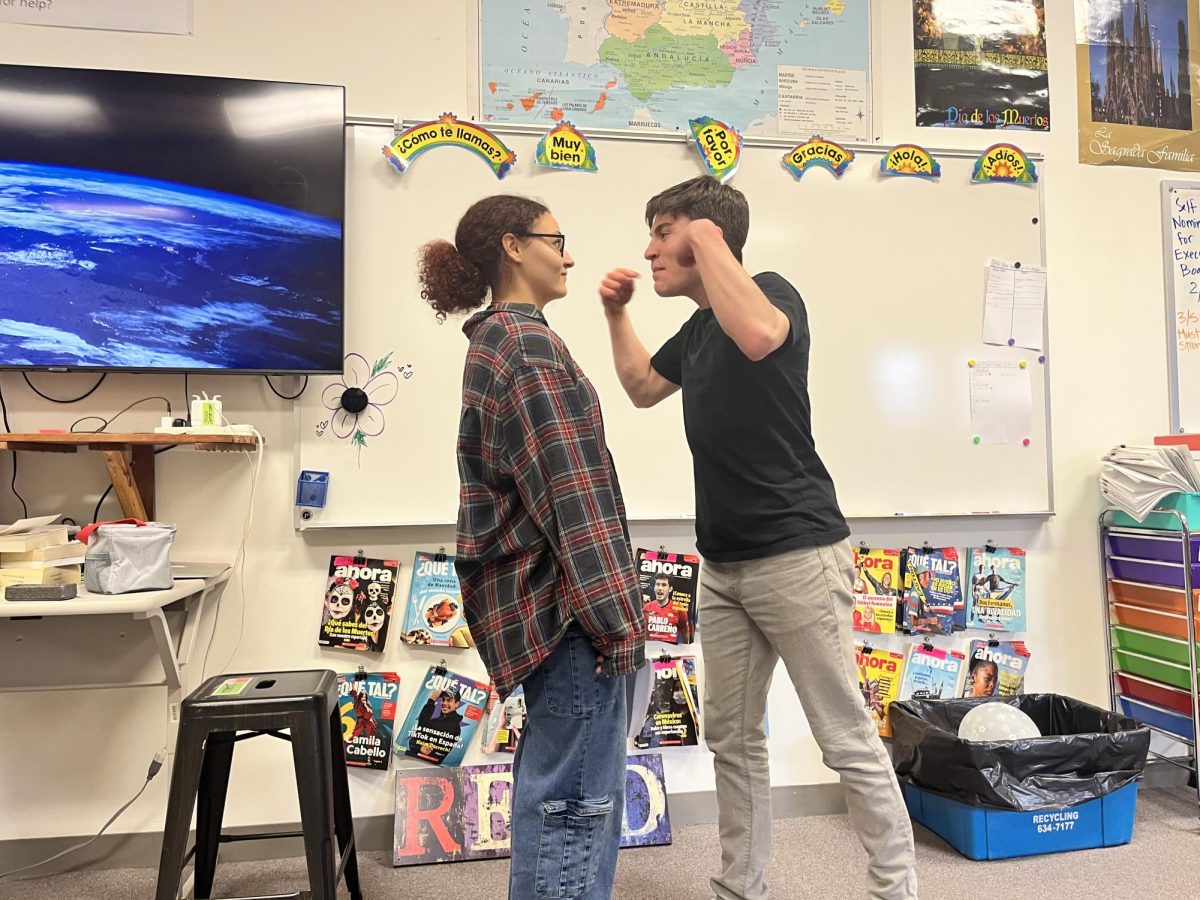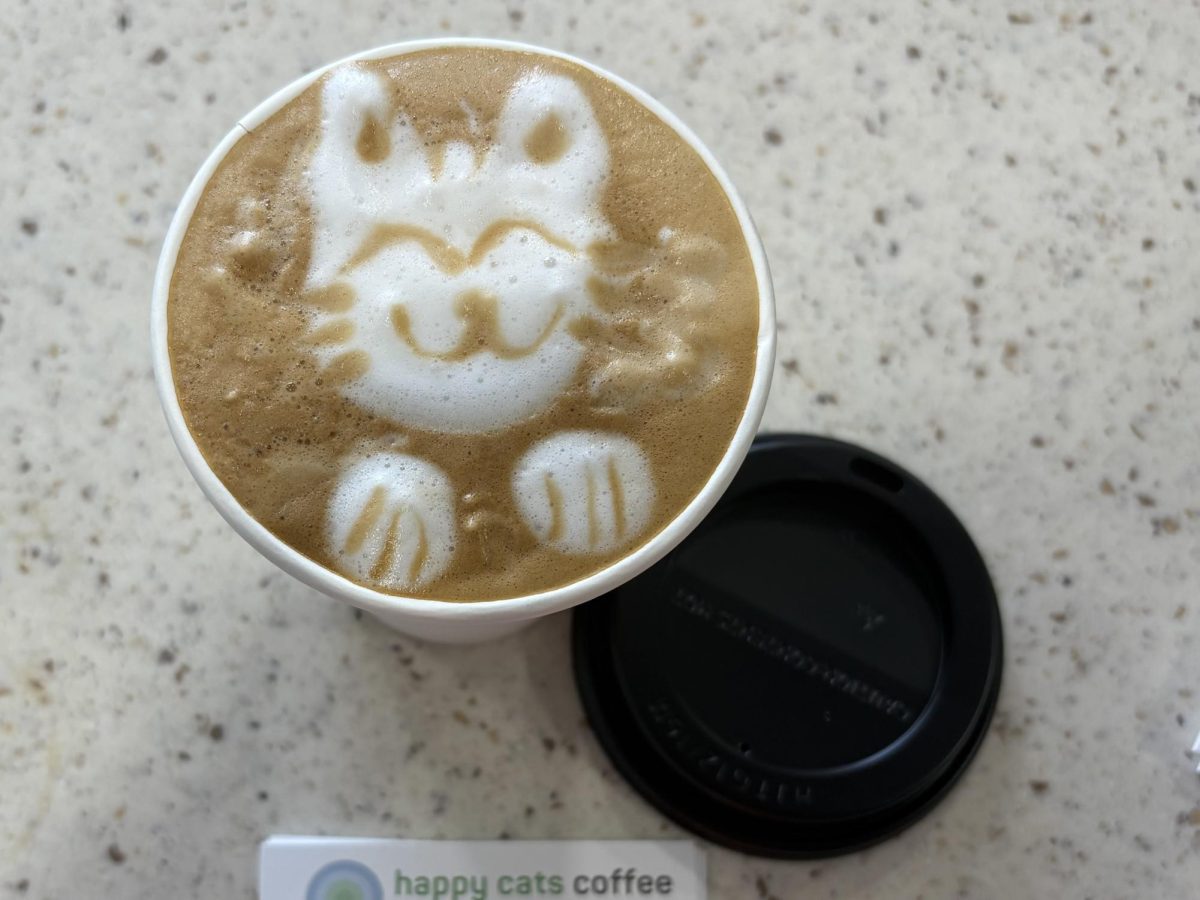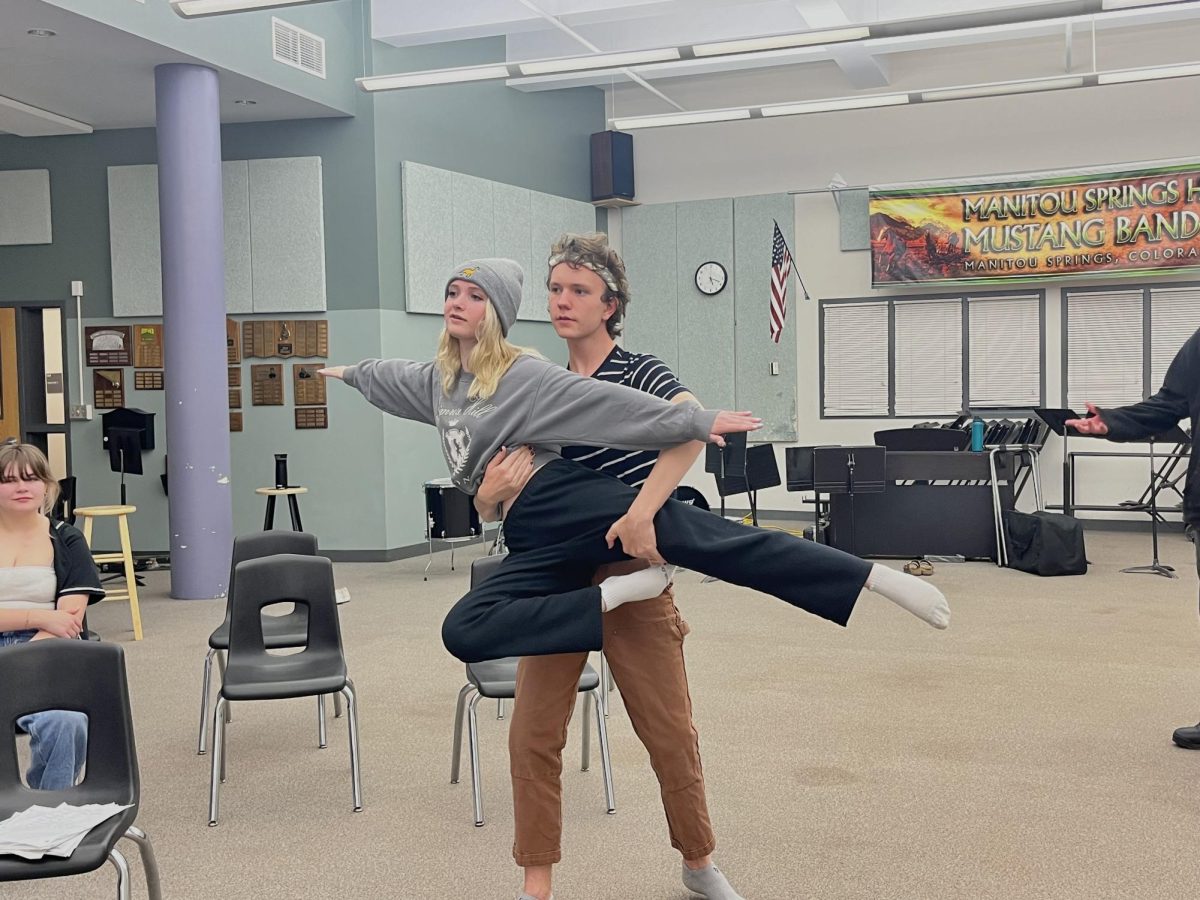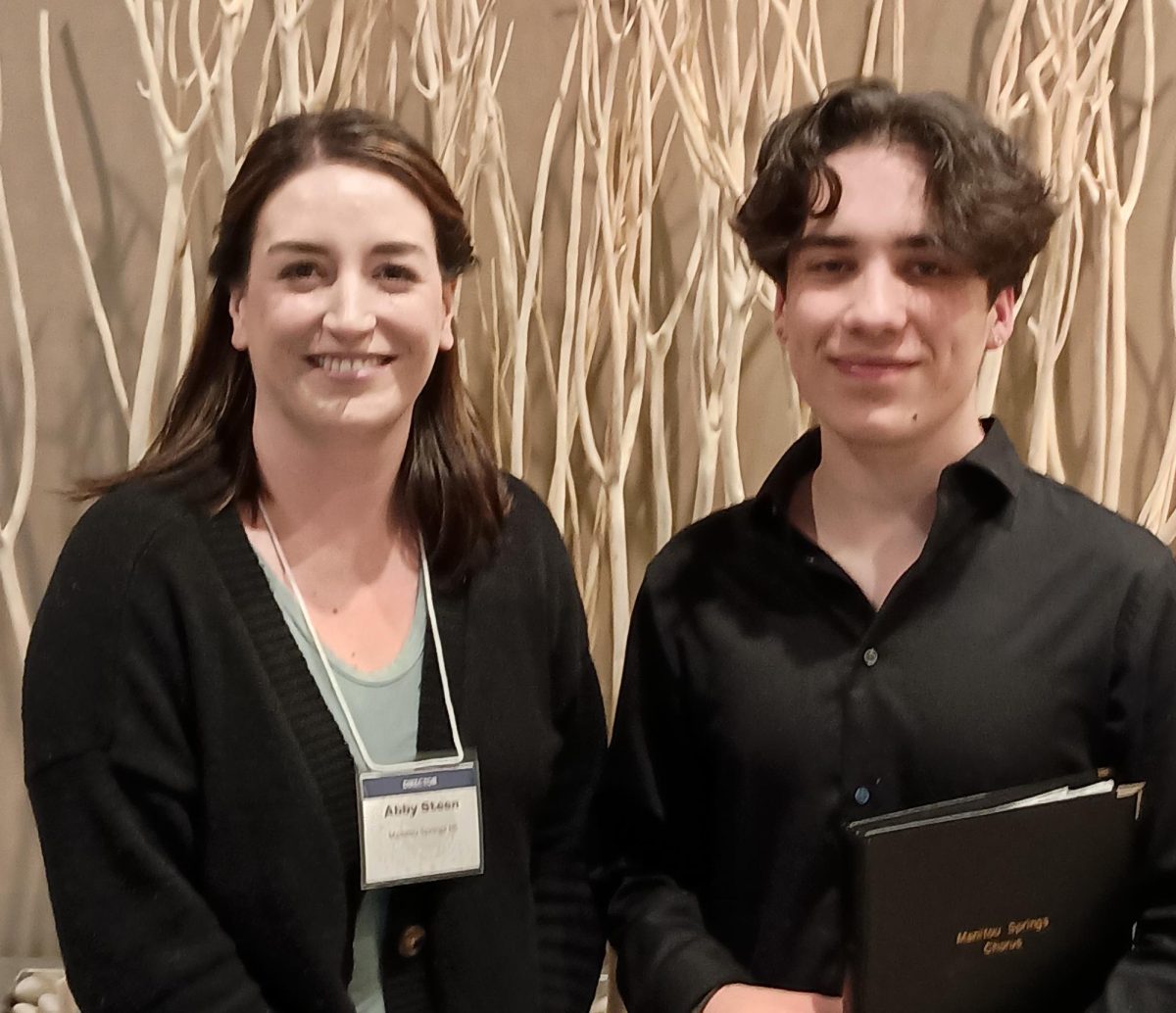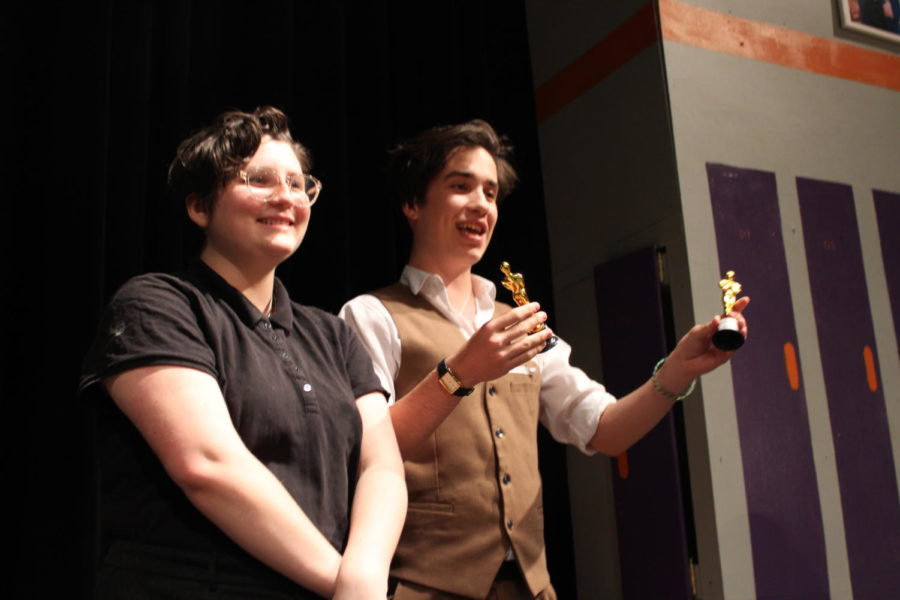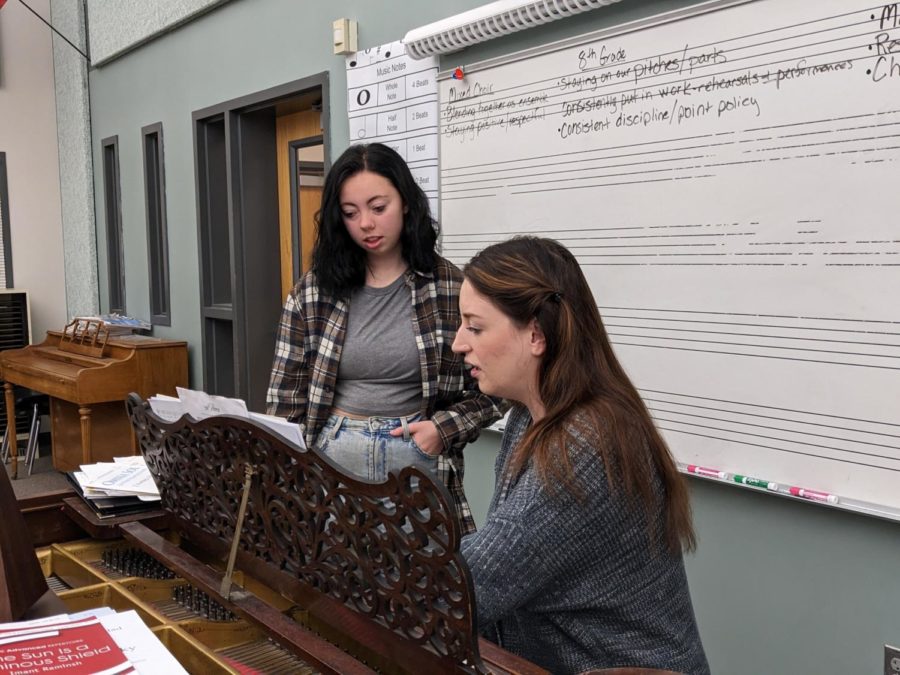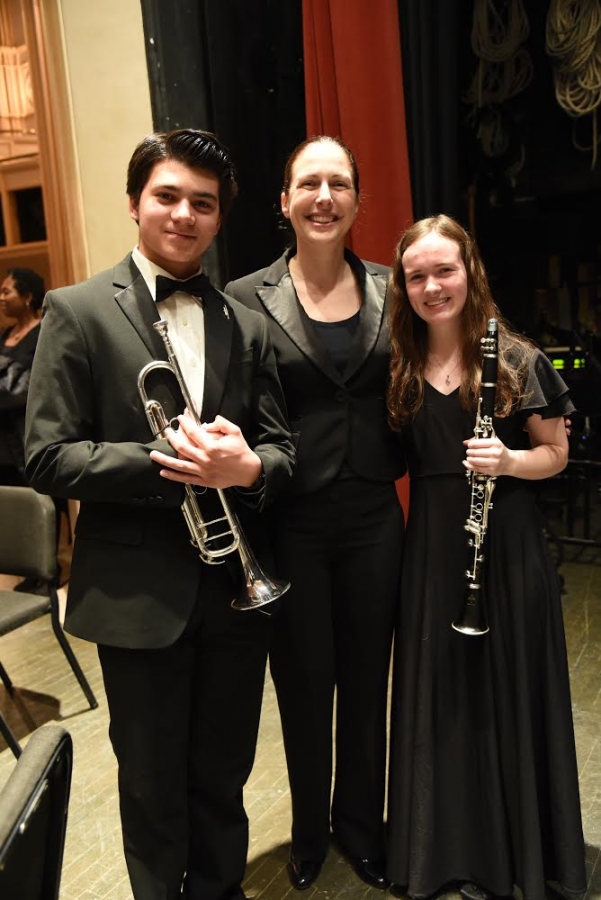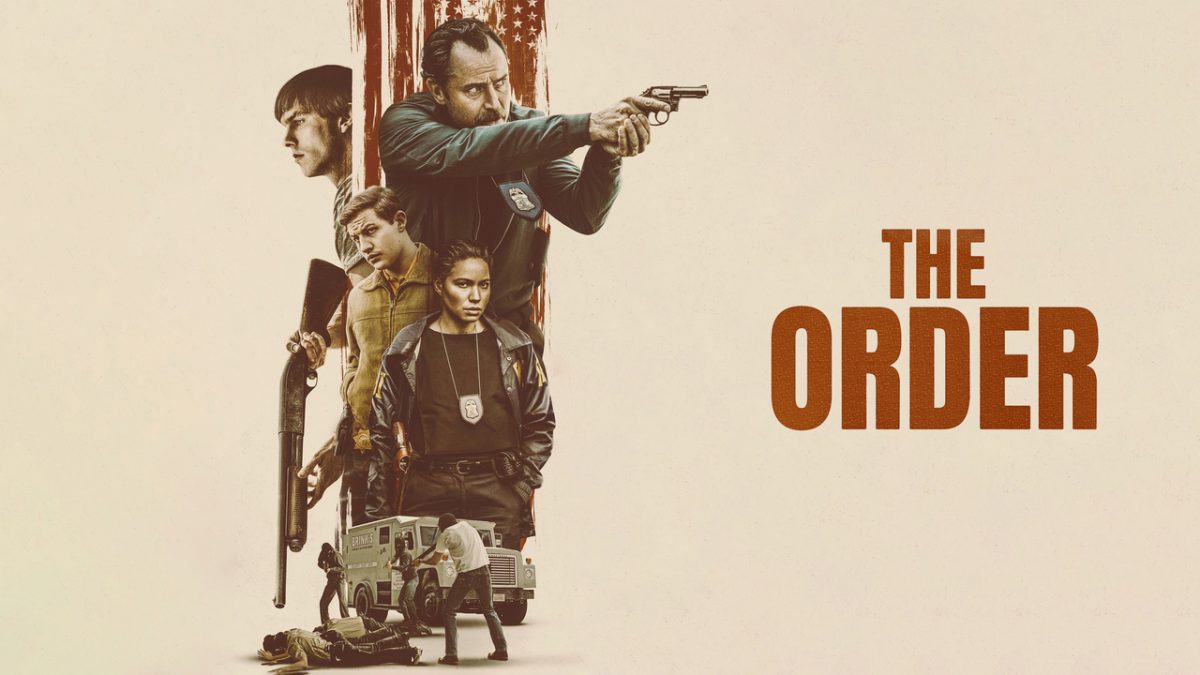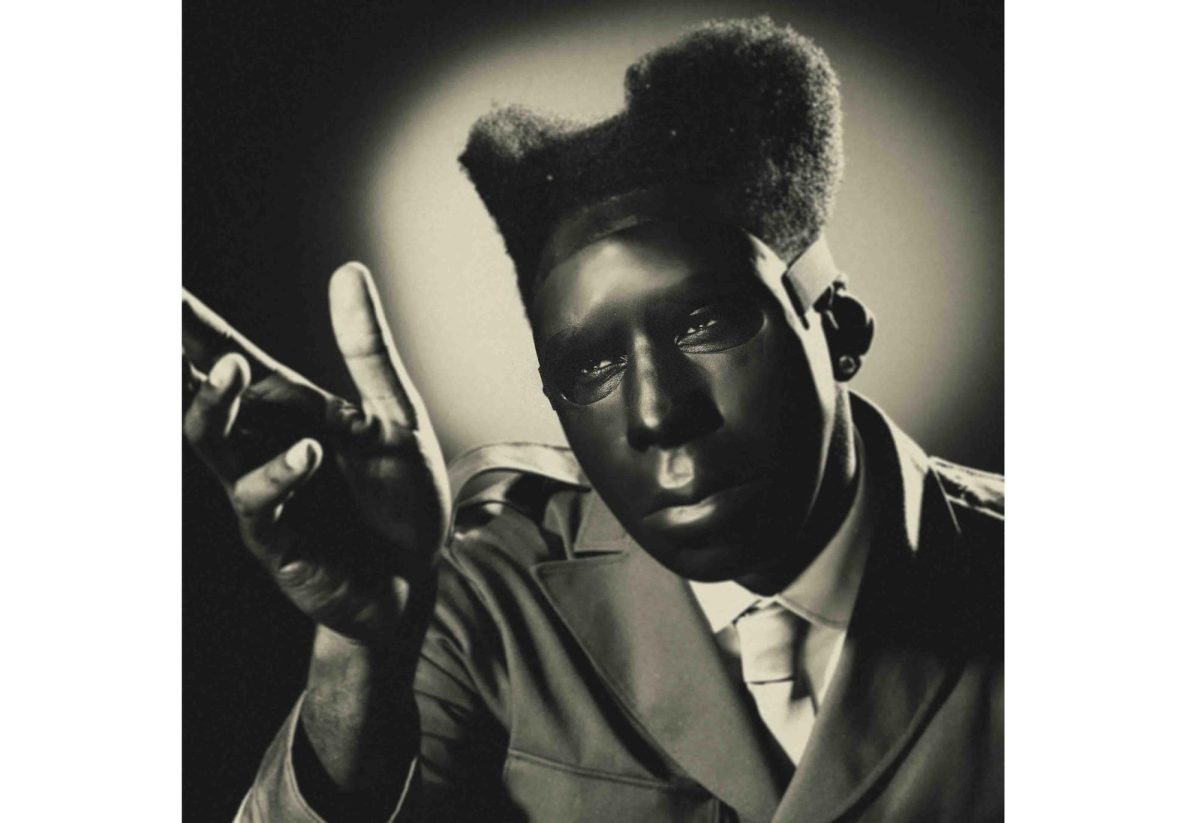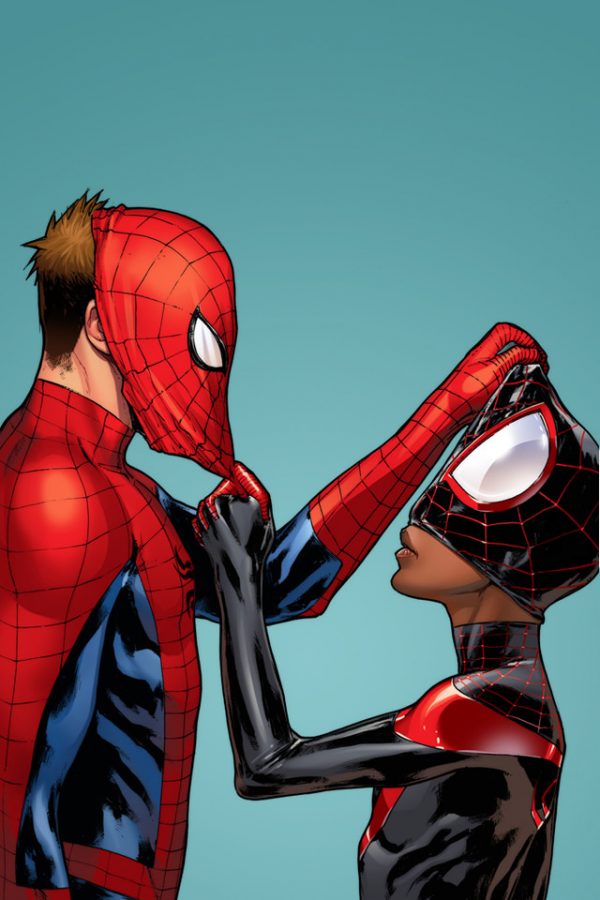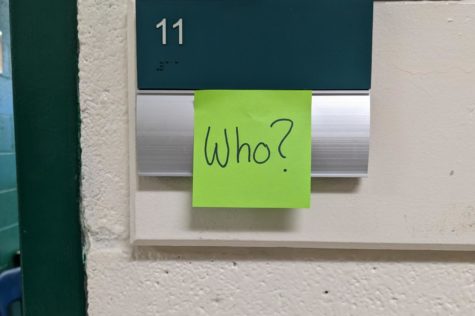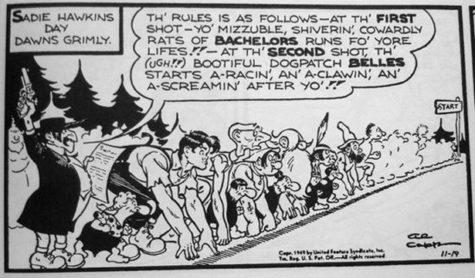“Into the Spider-Verse” Creatively Portrays Spider-Man in a Different Way
January 17, 2019
Spider-Man: Into the Spider-Verse was released in mid-December, and has continually blown up among both dedicated Marvel fans and casual moviegoers. On January 6th, it won Best Animated Motion Picture at the 76th Golden Globes.
This movie is a great one to start off with if you haven’t seen many Marvel movies. It is funny, exciting, easy to follow and even explains the origin stories of other Spider-Men.
Into the Spider-Verse is about Brooklyn teenager Miles Morales who is bitten by a radioactive spider. The bite turns Miles into Spider-Man, much like the one that was saving New York time and time again. Miles finds out that he and Peter Parker are not the only Spider-Men. He uses his newly found skills to battle Kingpin, who was opening portals and bringing other spider-people into his own universe.
Not only did the movie have an interesting plot; it also had great visuals. This movie was eye-candy to viewers because of how interesting the animation was and how the art directors– Dean Gordon and Patrick O’Keefe– creatively incorporated the comic book style. The art styles of several comic book artists that did work on the Spider-Man comics was even incorporated. Speech bubbles, split frames, narration blocks and classic comic book terms such as “pow!” and “blam!” contribute to the comic book feel that set Spider-Verse ahead of other animated adaptations of comics.
The eye-candy animation upped the visual appeal greatly. Both art directors creatively incorporated comic book style into the animation in a way that has not been seen before in Marvel animated movies. Blurring and mimicked off-register printing errors were used to change the focus and depth of field in a clever way to continue the comic book feel. The “Kirby Krackle”– using dots as an art style– was turned on as an easter egg of a “classic” comic book effect.
Easter eggs were also thrown in throughout the movie to excite Marvel fans. Real Spider-Man comics can be seen in Miles’s room and characters reappeared from previous adaptations of Spider-Man.
The soundtrack was also an accompanying aspect of the movie that appealed to even more fans with many influential and well-known artists featured. The most featured track was Post Malone and Swae Lee’s “Sunflower” that became Miles Morales “theme song”. At the beginning of the movie when Miles is introduced, he was singing the song while doing art. Later, he sang the song when Peter Parker told him to relax to unstick from the ceiling. Again at the end, Miles lays in his bed with his headphones on listening to the song right before he goes to sleep.
The ending of the movie also leaves much room for a continuation of the Spider-Verse movie. The post-credits scene also does this while including an easter egg from the 1967 animated Spider-Man TV show.
Directors Bob Persichetti, Peter Ramsey and Rodney Rothman did a phenomenal job with the movie and Phil Lord– story and screenplay writer– brilliantly dreamed up a story that captured the attention of watchers, earning Spider-Man: Into the Spider-Verse the several well-deserved awards and high ratings on IMDb and Rotten Tomatoes.

